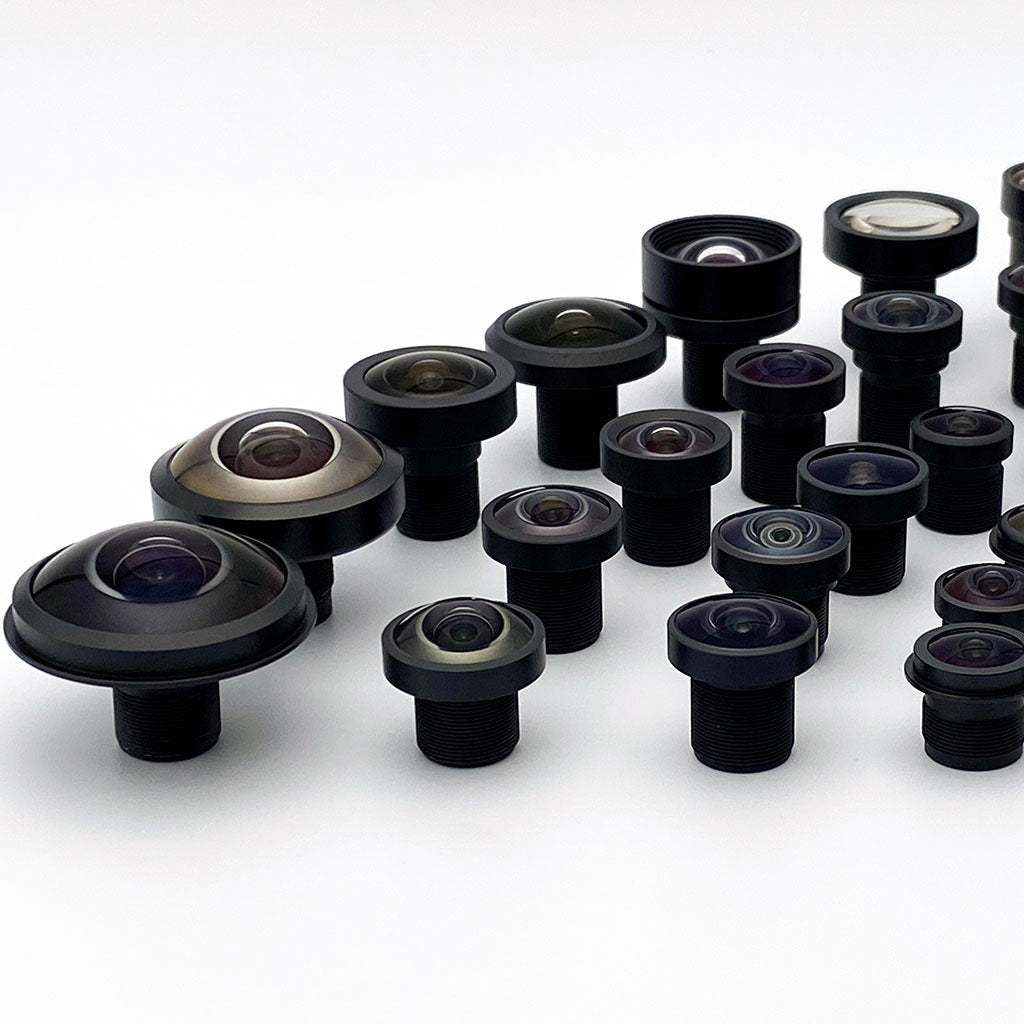How Do ADAS and Robot Vision Share Requirements?
Both automotive ADAS and mobile robots require ruggedized optics
that maintain performance under vibration and temperature cycling. All-glass assemblies provide
stable imaging from -30°C to 90°C for computer vision in vehicles and warehouses.
Thread-locked M12 mounts handle road vibration and warehouse floor impacts equally well.
Extended reliability testing validates performance for
both highway driving and 24/7 logistics operations.
What Makes 360° Perception Critical?
Surround view enables safe navigation in tight spaces. Our wide-angle
and fisheye lenses support uniform SLAM performance with consistent distortion profiles
across production batches.
Compact designs fit vehicle profiles and robot chassis while maintaining large apertures for
low-light warehouse environments. Metal barrel construction provides
thermal stability between freezer and ambient zones.
Why Multi-Environment Performance Matters?
Automotive and warehouse robots operate from bright sunlight to minimal emergency lighting.
Multi-layer AR coatings maximize transmission while
minimizing reflections across visible wavelengths.
Large aperture designs provide sufficient depth of field for both highway and warehouse distances.
Proper sensor compatibility ensures consistent performance
with common automotive and industrial CMOS sensors.
How We Ensure Reliability?
Testing follows automotive and industrial robotics standards through accelerated environmental
exposure. Temperature cycling and vibration testing
validate long-term stability.
Each lens design undergoes qualification testing to establish operating limits. All-glass
construction with metal housings provides durability
for continuous operation in demanding environments.















